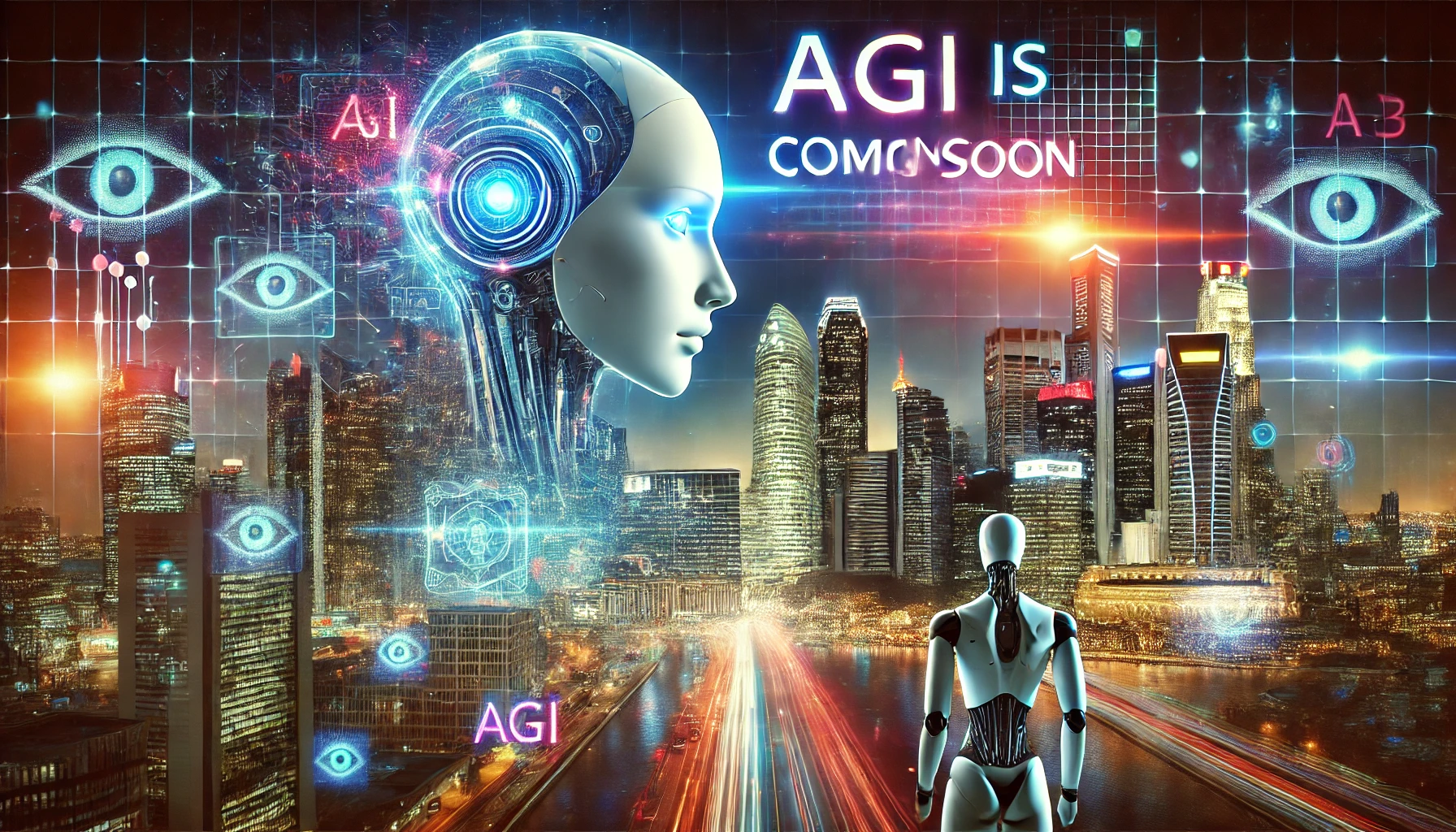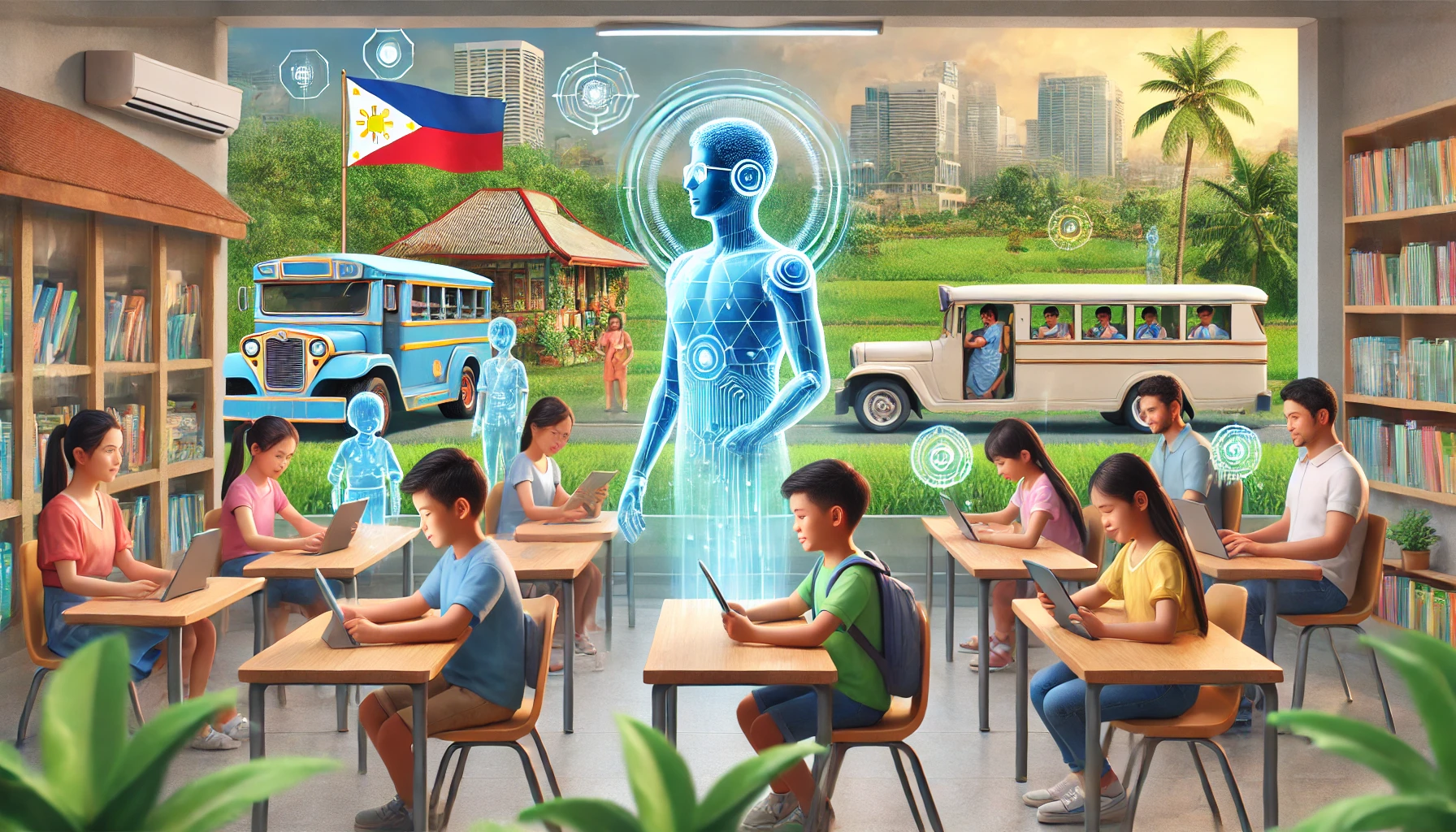Rural electrification is one of the most pressing challenges for sustainable development in the Philippines. Despite significant progress, many remote areas still lack access to reliable and affordable electricity, hindering economic growth, education, and healthcare services. With the advent of Artificial General Intelligence (AGI), there is immense potential to revolutionize these efforts and bring power to underserved communities efficiently and sustainably.
The Role of AGI in Rural Electrification
AGI, unlike narrow AI, has the ability to understand, learn, and adapt across a wide range of tasks. This makes it uniquely suited to address the complex and dynamic challenges of rural electrification in the Philippines. Here’s how:
1. Data-Driven Decision Making
AGI can analyze large datasets from various sources such as satellite imagery, population demographics, and energy consumption patterns. This can help identify areas with the highest need for electrification and prioritize them based on social and economic impact.
Example: By mapping remote barangays with limited infrastructure, AGI can propose optimized grid extensions or decentralized renewable energy solutions.
2. Optimizing Energy Resources
The Philippines is rich in renewable energy resources like solar, wind, and hydro. AGI can model the best energy mix for specific locations, factoring in environmental conditions, resource availability, and community needs.
Example: AGI could design microgrids powered by solar panels and battery storage, ensuring continuous power supply even in off-grid areas.
3. Predictive Maintenance and Monitoring
Once infrastructure is in place, maintaining it becomes a challenge. AGI can predict potential system failures by analyzing patterns in energy usage and equipment performance, ensuring minimal downtime and reduced costs.
Example: A microgrid in a remote island could be monitored in real-time using AGI, which could alert technicians to issues before they escalate.
4. Community Engagement and Education
AGI can facilitate better communication and education for rural communities by generating localized content in native languages. This could include training on energy conservation and maintenance of renewable energy systems.
Example: Interactive AGI-powered tools could educate communities on the benefits of solar power and how to maintain their systems effectively.
5. Cost Optimization
AGI can identify cost-effective strategies for deploying electrification projects by streamlining supply chains, optimizing budgets, and predicting long-term financial outcomes.
Example: By analyzing material costs, labor availability, and logistics, AGI could suggest the most economical way to deploy solar panels to an archipelagic region.
Challenges to Overcome
While AGI presents exciting opportunities, there are challenges to address:
- Ethical Concerns: Ensuring that AGI solutions respect local cultures and do not displace human jobs unnecessarily.
- Digital Divide: Providing the infrastructure for AGI to function in rural areas with limited connectivity.
- Affordability: Balancing the cost of implementing AGI-powered solutions with the economic realities of rural communities.
A Brighter, Electrified Future
Integrating AGI into rural electrification efforts can transform lives in the Philippines, promoting sustainable development and reducing inequality. By leveraging advanced intelligence to overcome logistical, financial, and technological hurdles, we can empower millions of Filipinos with reliable and clean energy.
The future of rural electrification is not just about bringing light—it’s about bringing hope, opportunity, and progress. With AGI, this future is within reach.
What are your thoughts on using AGI for rural development? Share your ideas or experiences in the comments below!
[SEO optimized]

